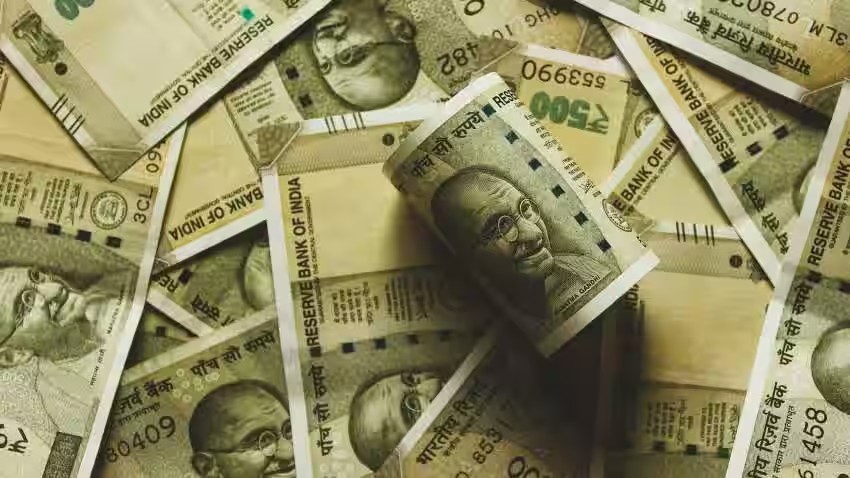
Currency Appreciation

19.10.2023
Currency Appreciation , Daily Current Affairs , RACE IAS : Best IAS Coaching in Lucknow
|
For prelims: currency Appreciation, Currency devaluation For mains: Factors Affecting Appreciation, Impact of currency appreciation on India exchange rates, Difference between devaluation and depreciation of currency |
Why in the news?
Recently, the rupee increased by 5 paise to reach 83.22 against the US dollar.
Important point
- At the interbank foreign exchange, the rupee opened at 83.24 against the dollar and then touched an early high of 83.22.
- Currency appreciation is different from increases in the value of securities.
About currency Appreciation
- Currency appreciation refers to the increase in the value of one currency relative to another currency in the foreign exchange markets.
- Currencies move against each other for a variety of reasons, including government policy, interest rates, trade balance, and business cycles.
- Currency appreciation discourages a country's export activity because its products and services become expensive to buy.
- The value of a currency is not measured in absolute terms. It is always measured relative to the currency it is measured against.
- Countries use currency appreciation as a strategic tool to boost their economic prospects.
- In a floating rate exchange system, the value of a currency changes continuously based on supply and demand in the foreign exchange market.
Factors Affecting Appreciation
- Appreciation is directly related to demand.
- If the value of a currency increases (or increases), the demand for the currency also increases.
- Conversely, if a currency depreciates, it loses value relative to the currency it is being traded against.
Impact of currency appreciation on India
- Increase in export costs: If the Indian Rupee (INR) appreciates, foreigners will find Indian goods more expensive as they will have to shell out more for those goods in INR.
- This means that with higher prices, the number of Indian goods exported is likely to decline.
- This ultimately leads to a decline in gross domestic product (GDP).
- Cheaper Imports: If Indian goods become more expensive in the foreign market then foreign goods or imports will become cheaper in India.
- Currency rates are thus subject to ebb and flow, or appreciation and depreciation, in line with the economic and business cycles of the underlying economies and driven by market forces.
About exchange rates
- Exchange rate is the rate at which one country's currency can be exchanged for another country's currency.
- Under a fixed exchange rate system, devaluation and revaluation are official changes in the value of a country's currency relative to other currencies.
- Devaluation occurs when the price of a currency officially decreases in a fixed exchange rate system.
- Revaluation occurs when the price of a currency increases within a fixed exchange rate system.
- Under a floating exchange rate system, market forces produce changes in the value of a currency, known as currency depreciation or appreciation.
- Currency appreciation refers to the increase in the value of one currency relative to another currency in the foreign exchange markets.
- Currency devaluation is a decline in the value of a currency in a floating exchange rate system.
What is currency devaluation?
- Currency devaluation is the deliberate lowering of the value of a country's currency. The government issuing the currency may decide to devalue its currency. Devaluing a currency reduces the cost of a country's exports and can help reduce the trade deficit.
Effects of currency devaluation
- Improves export competitiveness.
- Foreign investment may be attractive.
- A weak currency could lead to higher prices of imported oil and edible oil and increase food inflation.
Difference between devaluation and depreciation of currency
- Generally devaluation and depreciation are considered the same.
- Both of these have the same effect - a decline in the value of the currency which makes imports more expensive, and exports more competitive.
- Currency devaluation occurs when a country's central bank takes a conscious decision to reduce its exchange rate to a fixed or semi-fixed exchange rate.
- And depreciation occurs when a currency's value declines at a floating exchange rate.
Source: PTI